CHAMPAGNE DEVAUX | CHAMPAGNE, FRANCE
"For 25 years devoted to the Devaux House in the Côte des Bar – where I have grown up, I am really attached to this part of the Champagne region, to its terroir and its history. We are lucky to do a passionate job: a share of cultural and human richness of our terroir and a share of great pleasure with a bottle of the Devaux House. Nature enables us to produce a wonderful product of pleasure Champagnes!" - Michel Parisot, Chief Winemaker

Champagne Devaux has been part of the legendary history of Champagne since the 19th century.
Founded in 1846 by brothers Jules and Auguste Devaux, the house was then managed by three inspiring women who led the family winery with remarkable energy and talent in equal measure.
The first woman, Claude-Joseph Devaux (born Ducray), widowed at 39 years old, founded and managed the house “Maison Vve A. Devaux″ in 1846 in Epernay with her son François-Auguste. His wife, Augusta-Maria Herbin, was to become the second “Devaux widow″ following his death in 1879. She was in charge of the winery until 1895.

The DEVAUX brand quickly became successful. By the turn of the century, DEVAUX was exporting 75% of its production, notably to English-speaking countries, as well as Germany and Russia.
Then in 1907, following the death of Charles-Auguste Devaux, the third “Devaux widow” born Hussenot, takes over the reins and manages the winery until her death in 1951 at the age of 80, thus concluding an extraordinary saga of “Champagne widows″. She is succeeded by her two sons.
The last in the Devaux line, Jean-Pol Auguste Devaux, was without an heir. As such, in 1987 he entrusted the future of Devaux – a brand with a presti gious past and an exciti ng future – to Laurent Gillet, President of the “Union Auboise”* (then supplier for the DEVAUX “Blanc de Noirs” cuvée).
At the heart of the Cote des Bar Vineyards
The Côte des Bar is situated in the south of the Champagne appellation (between Bar-sur-Seine and Bar-sur-Aube). This renowned vineyard area represents a quarter of the total Champagne production. The stunning rolling landscape belies soils and unique exposures ideal for Pinot noir, one of the key Champagne grape varieties.

Pinot Noir
Pinot noir is a black-skinned grape that produces white juice. It gives aromas of red fruit and brings structure and power to a blend. It is the dominant grape in the Montagne de Reims and the Côte des Bar, the terroir of the latt er helps to bring added roundness and delicacy. At DEVAUX, we consider the Pinot noir from the Côte des Bar to be the backbone of our Champagnes.

Chardonnay
Chardonnay is a white grape variety. It is present principally in the Côte des Blancs and in Montgueux. It provides fi nesse, as well as delicate fl oral and citrus aromas. Our cellar master uses Chardonnay in most of his blends to add freshness, complexity and length.
The Basic Principles at Champagne DEVAUX
A great Champagne is, before anything else, about its terroir, people and grapes.
All year long, the maison's partner-growers give their best to obtain the highest quality grapes at harvest.
At DEVAUX, in order to perfect their work in the vineyards, they formulated – with the help of their vineyard managers – a new and unique approach to viticulture, a key consideration in the house's long-term vision. This approach requires each grower to voluntarily follow a strict set of rules that go over-and-above the (already demanding) requirements set by the Appellation system.
Thus, much of the quality in all DEVAUX Champagnes is in large part thanks to these strict rules:
- parcel selection (for the Collection D range),
- sustainable vineyard management,
- technical support and follow-up at each key stage of the season,
- pressing as close to the vineyard as possible.
This quality approach applies also in the cellar, where the following principles are observed:
- ageing of reserve wines (wines from previous harvests) in predominantly oak vats,
- use of only first press wines (the “cuvée”) in the blend for the Classic and “cœur de cuvée” for the Collection D ,
- extended ageing in the bottle following the “prise de mousse”

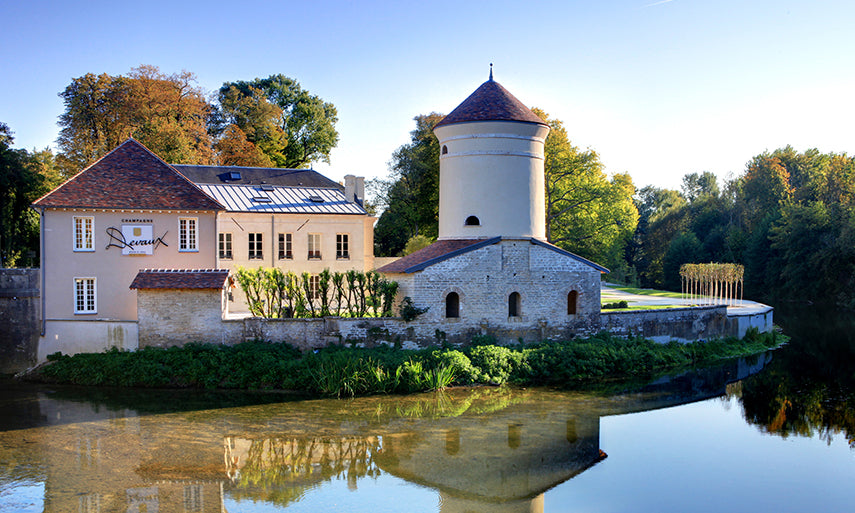

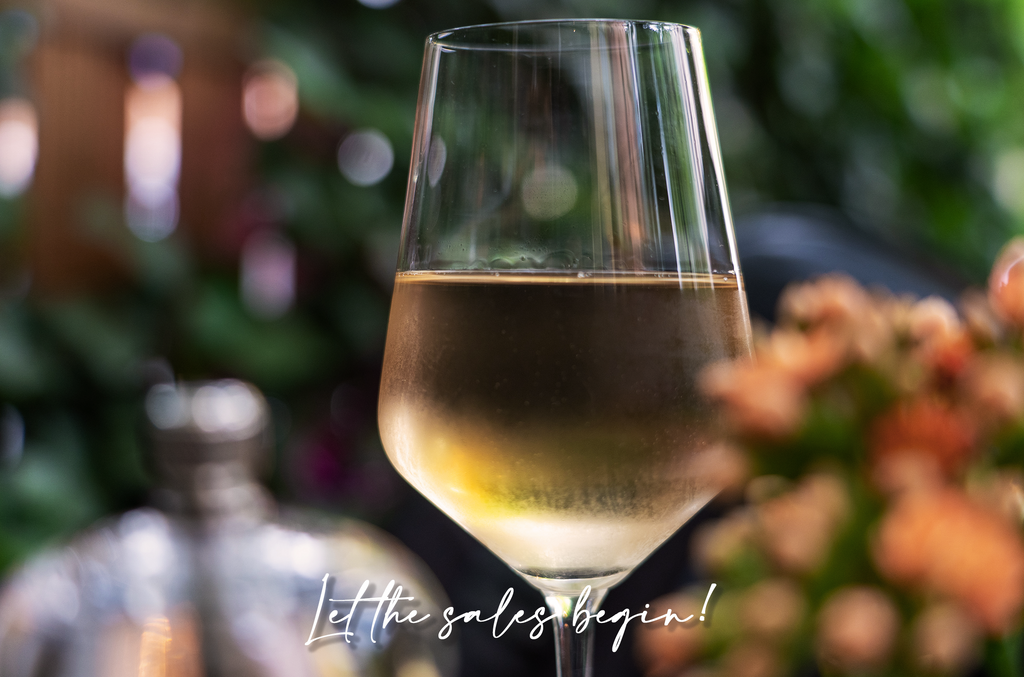
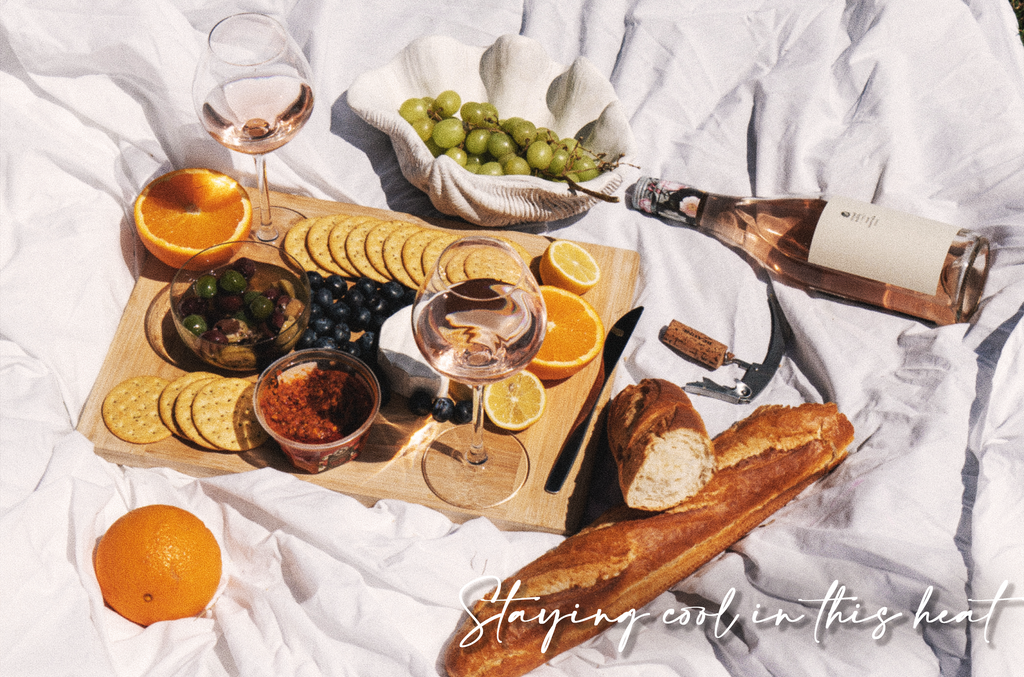
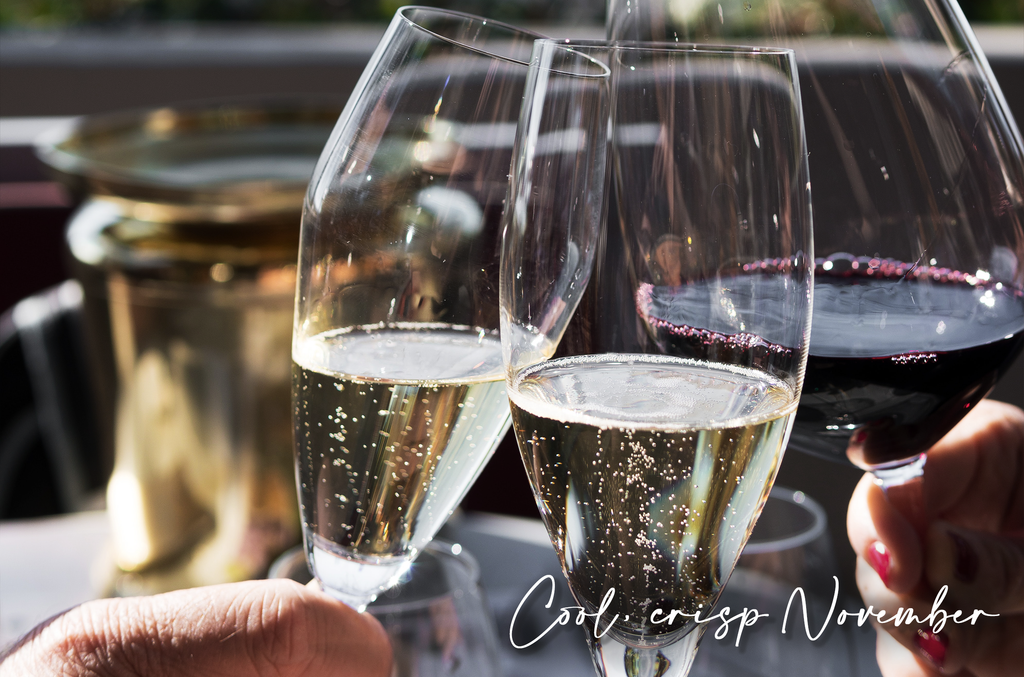
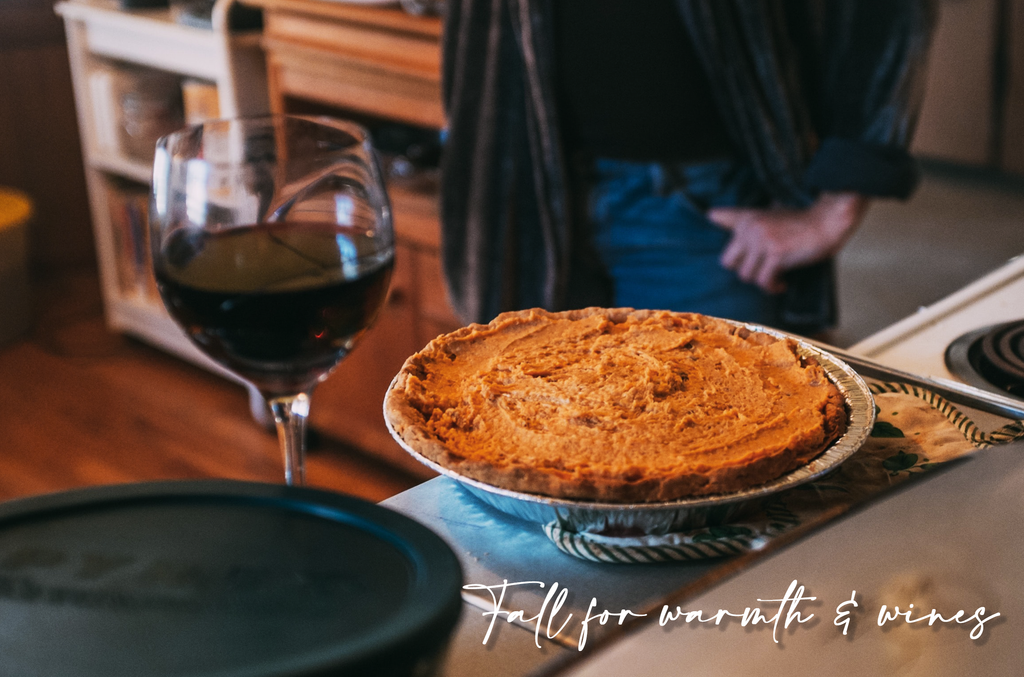
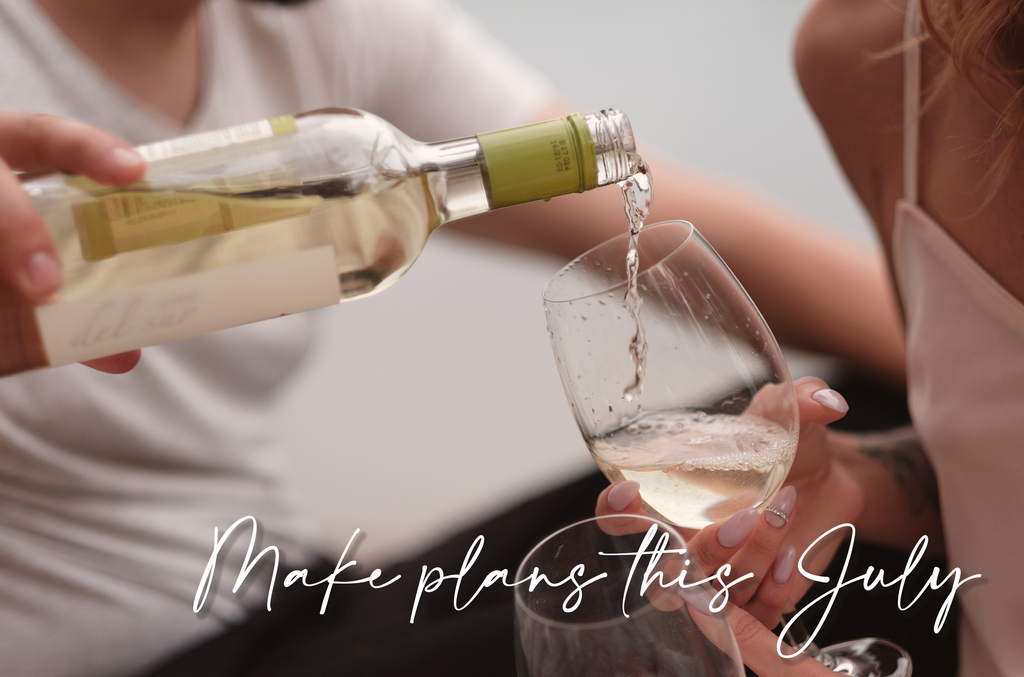
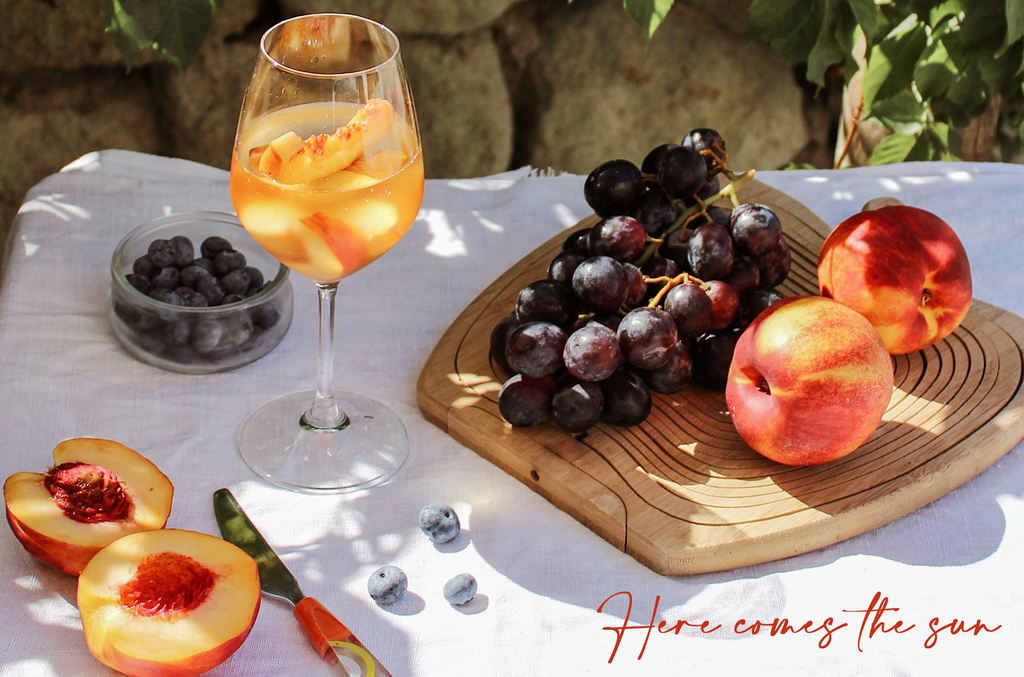
0 comments